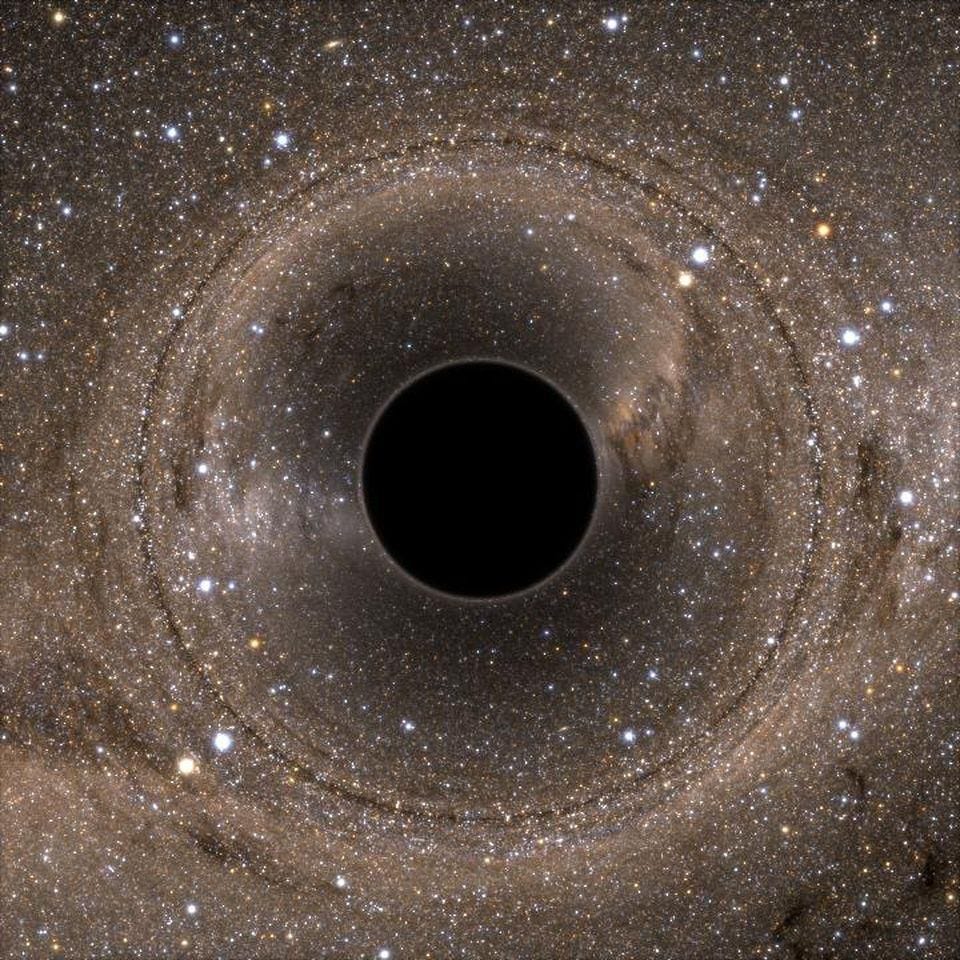

“There’s all this hot gas surrounding the black hole, and the black hole is basically spitting out energy in some sort of periodic way––just like a speaker is moving in a periodic way–to give you some frequency,” says Jonathan Blazek, Northeastern assistant professor of physics. While much of space is a vacuum where sound can’t travel, a galaxy cluster like Perseus has enough hot gas to help serve as a medium for sound waves.īut something needs to cause those sound waves to move, and that’s where the black hole comes in. But this idea is a “popular misconception,” NASA said in a statement. The idea of recording audio from outer space is strange, since it’s commonly thought there is no sound in space. The 34-second clip of the sound a black hole makes was released in May but picked up steam online this week after NASA tweeted out what it’s calling a “Black Hole Remix.” The sound, which evokes a deep spectral moan or some monstrous interstellar whale song, is based on a supermassive black hole located at the center of the Perseus galaxy cluster, located about 250 million light years from Earth. The research was published in The Astrophysical Journal.“In space no one can hear you scream,” the famous tagline from outer space horror classic “Alien,” might not be true based on a recent viral audio clip from NASA. “The next step is to explore whether this actually happens more regularly and we have simply not been looking at TDEs late enough in their evolution.” “This is the first time that we have witnessed such a long delay between the feeding and the outflow,” said Edo Berger, co-author of the study. More detailed observations of these events could help unravel how regular they may be occurring. But studying the feeding habits of black holes has revealed some unexpected anomalies in the past – one was seen to be slowly snacking on a star over 10 years, while another would slurp a layer off each time the star swung past, producing flashes that repeat like clockwork. So far the astronomers can’t explain why it took so long for these radio signals to show up. The team calculated that they’re traveling at around half the speed of light, which is about five times faster than most TDE outflows. These burps have a lot of power behind them, too. “It’s as if this black hole has started abruptly burping out a bunch of material from the star it ate years ago.” “This caught us completely by surprise – no one has ever seen anything like this before,” said Yvette Cendes, lead author of the study. This emission appears to be an outflow, the result of material thrown back into space as the black hole shredded the star – but this usually shows up within days or weeks of the initial event, not years later. That is until June 2021, when the black hole suddenly fired back up with radio signals. The light show faded over a few months, and astronomers didn’t really give it much thought after that. It seemed to be pretty average for this kind of event – a star just one-tenth the mass of the Sun was being swallowed by a black hole about 665 million light-years away. In October 2018, astronomers detected and studied a TDE known as AT2018hyz. This produces clear signals of light, radio and other waves that astronomers can detect as bursts that last a few weeks or months. When stars are on the menu, the intense gravitational forces stretch the material out into long strands in an event known as “ spaghettification” or more officially, a tidal disruption event (TDE).

But now a black hole has been seen doing something nobody’s ever seen before – it “burped up” material several years after eating a star, leaving astronomers baffled.īlack holes are famously ravenous objects, swallowing up everything that gets too close, including light itself. Black holes have been seen to chow down on stars that wander too close, resulting in a bright stellar show.


 0 kommentar(er)
0 kommentar(er)
